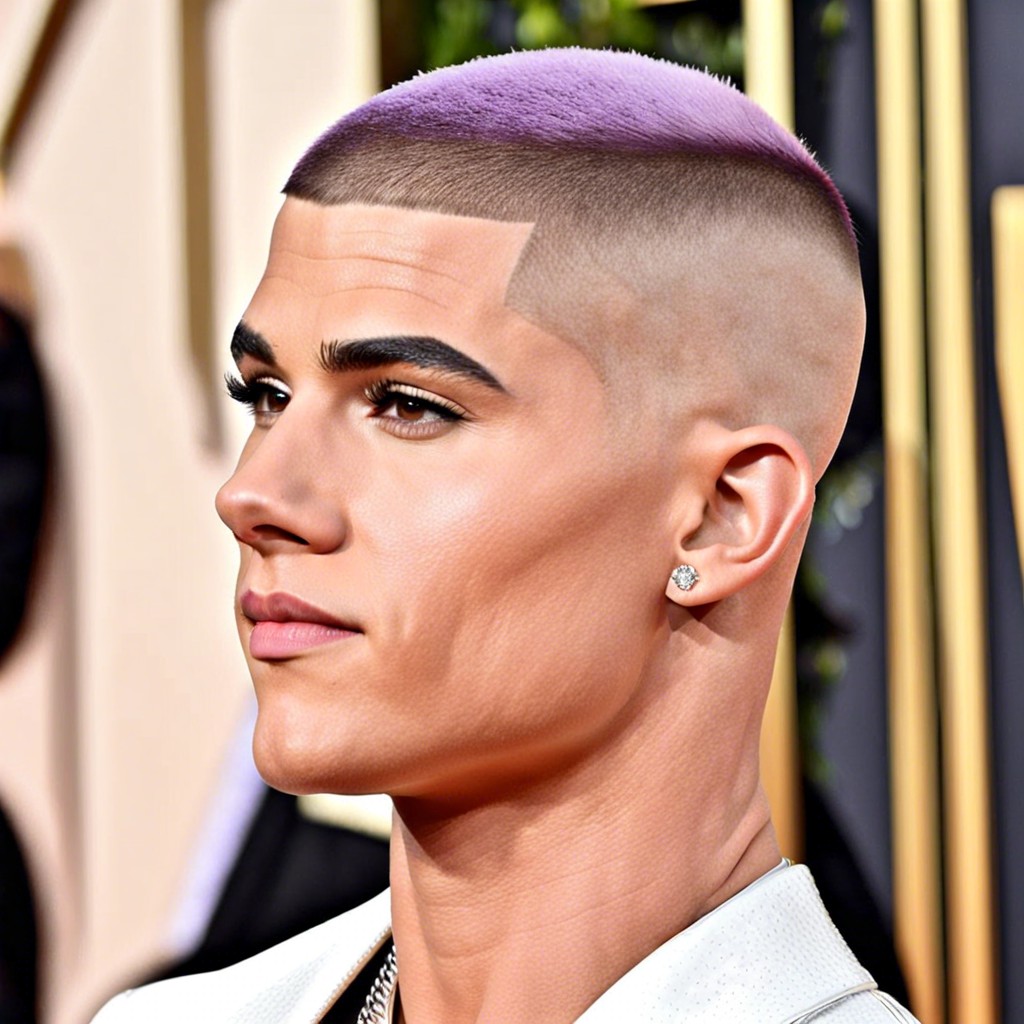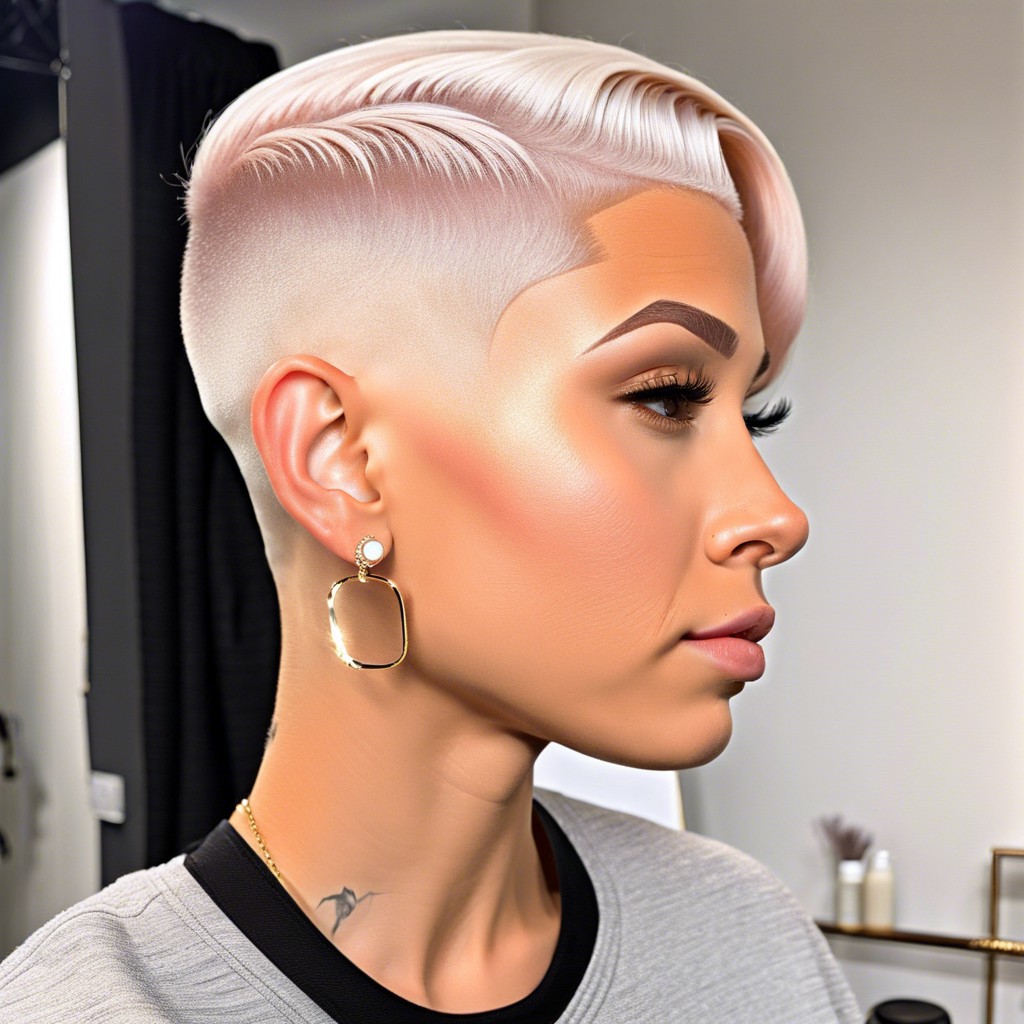Discover innovative styling techniques and product recommendations for mastering low taper hairstyles with curly hair.
Define Low Taper Curly Hair
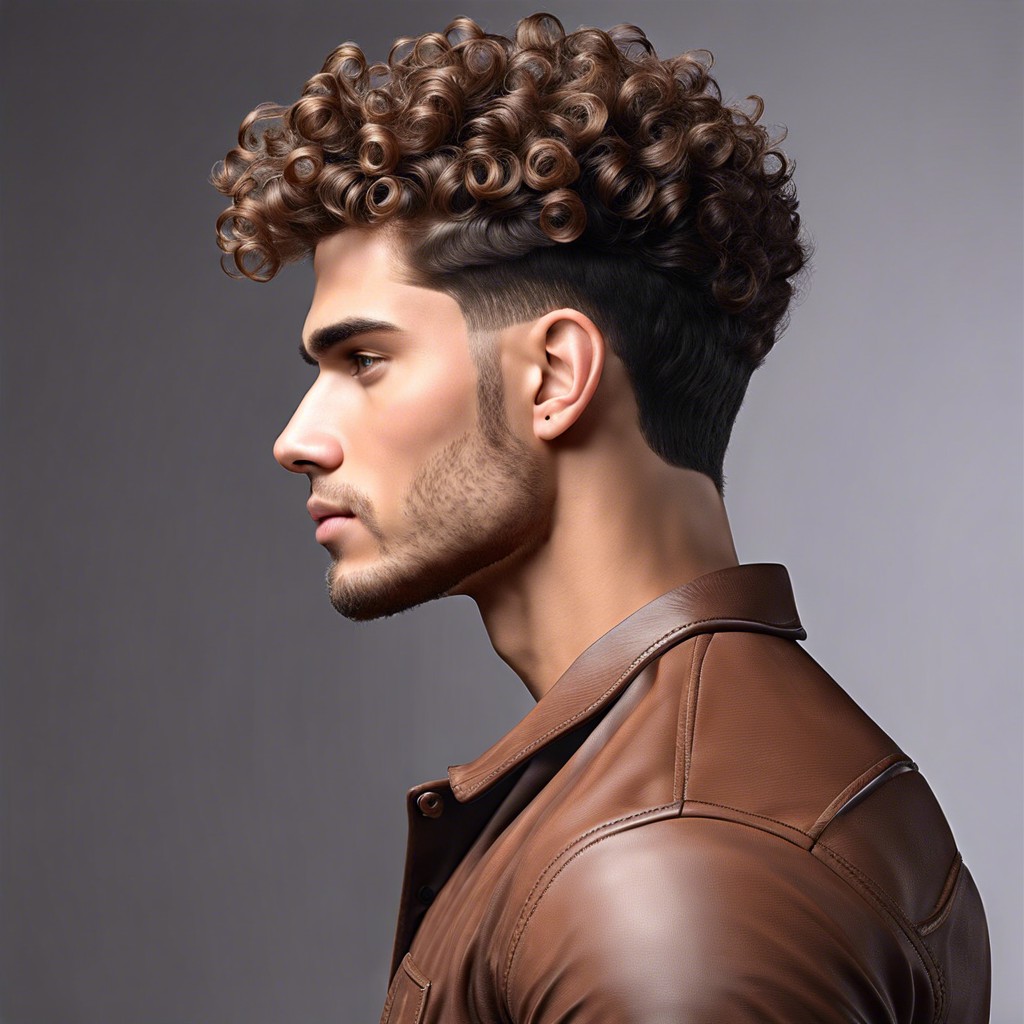
A low taper on curly hair involves gradually shortening the hair length around the temples and neck while keeping more length on top. This subtle fade emphasizes the hair’s natural texture without a stark contrast between the sides and the top. It offers a versatile and clean look that’s suitable for both casual and formal settings.
Best Hair Products for Low Taper Curly Hair
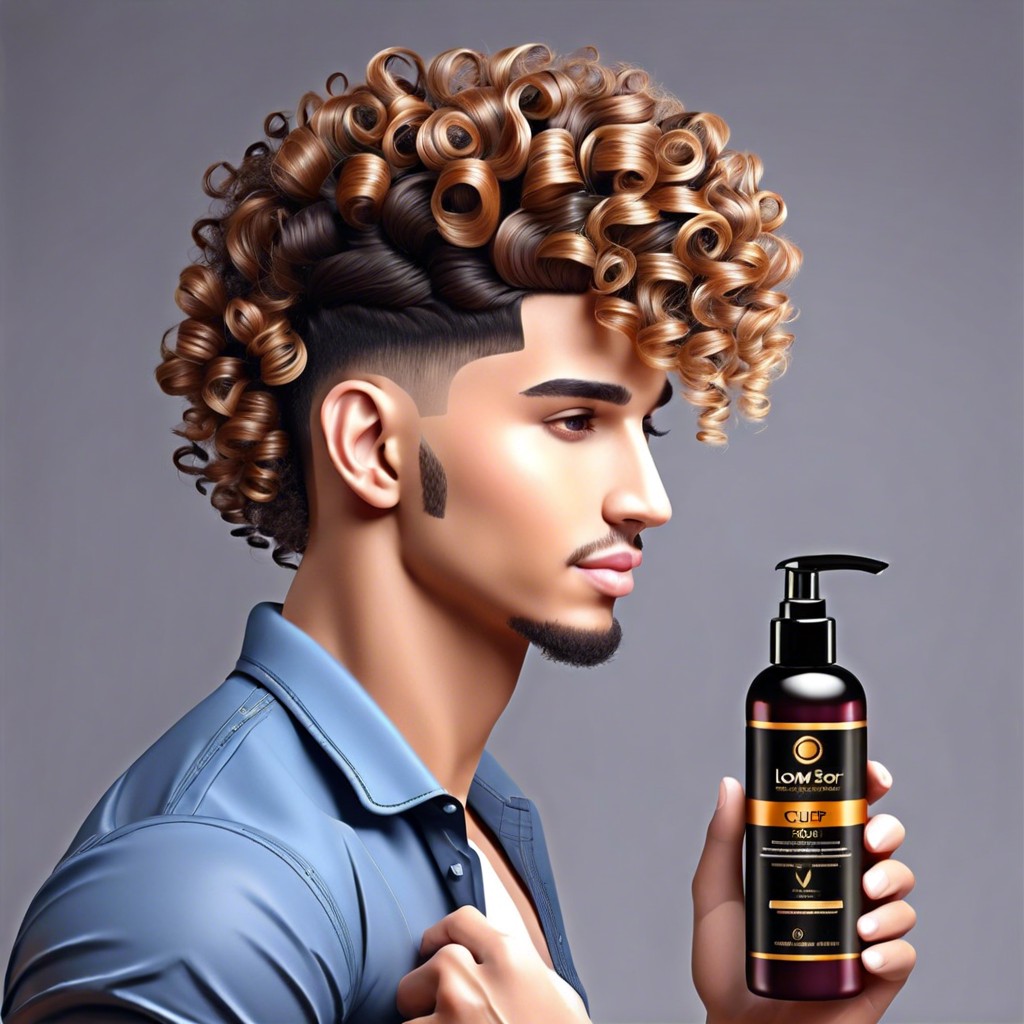
Moisturizing shampoos and conditioners help maintain the hydration curly hair needs, making them essential for a low taper style. Lightweight oils like argan or jojoba can define curls and combat frizz without weighing hair down. Curl-enhancing creams or gels provide hold for the tapered area to refine the overall look without stiffness.
Styling Techniques for Low Taper Curly Hair
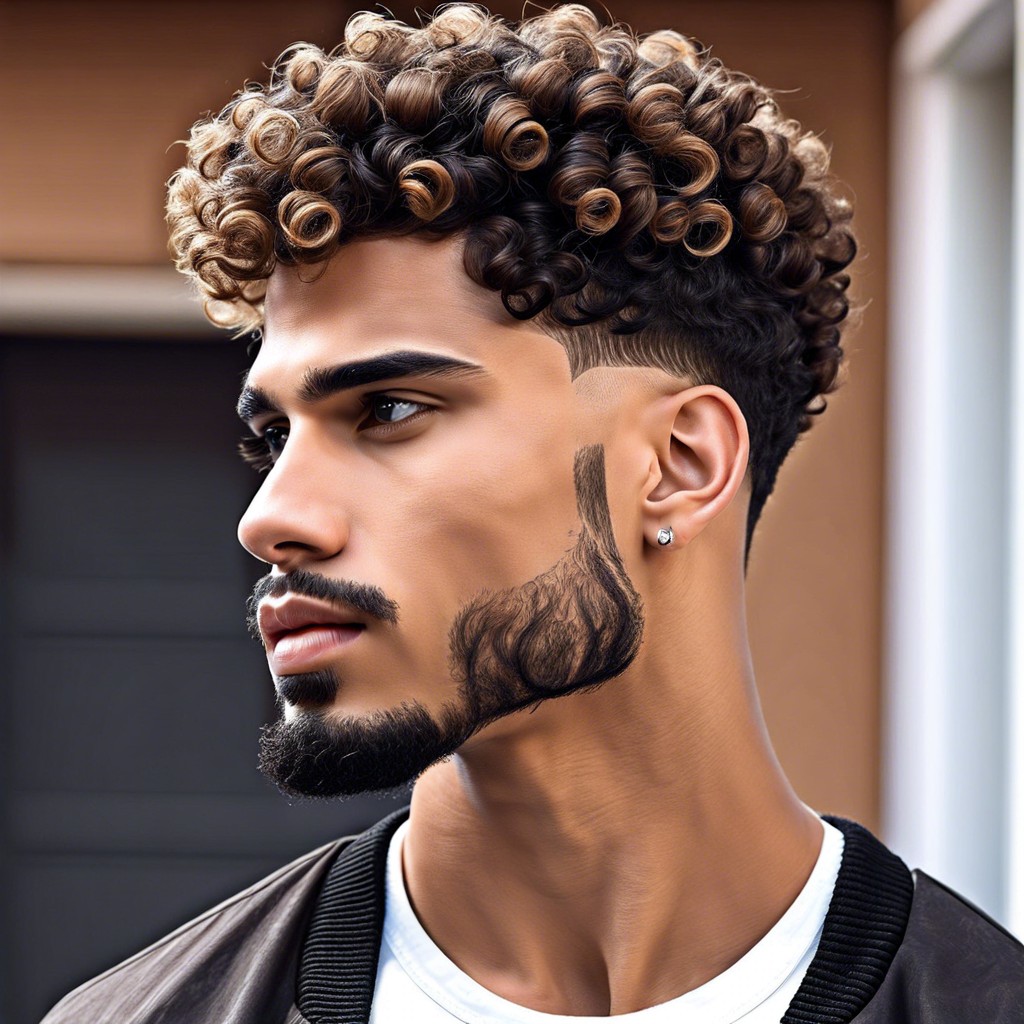
For a defined curl pattern, use a twist-out or finger coils method, which involves twisting sections of damp hair and allowing them to set before untwisting. To control volume and define curls, apply a curl-enhancing cream or gel to damp hair, then diffuse or air dry. For a cleaner and more defined hairline with curly hair, edge control products can be used along with a small brush to tame and shape the hair around the forehead and temples.
Recommended Haircuts for Low Taper Curly Hair Men
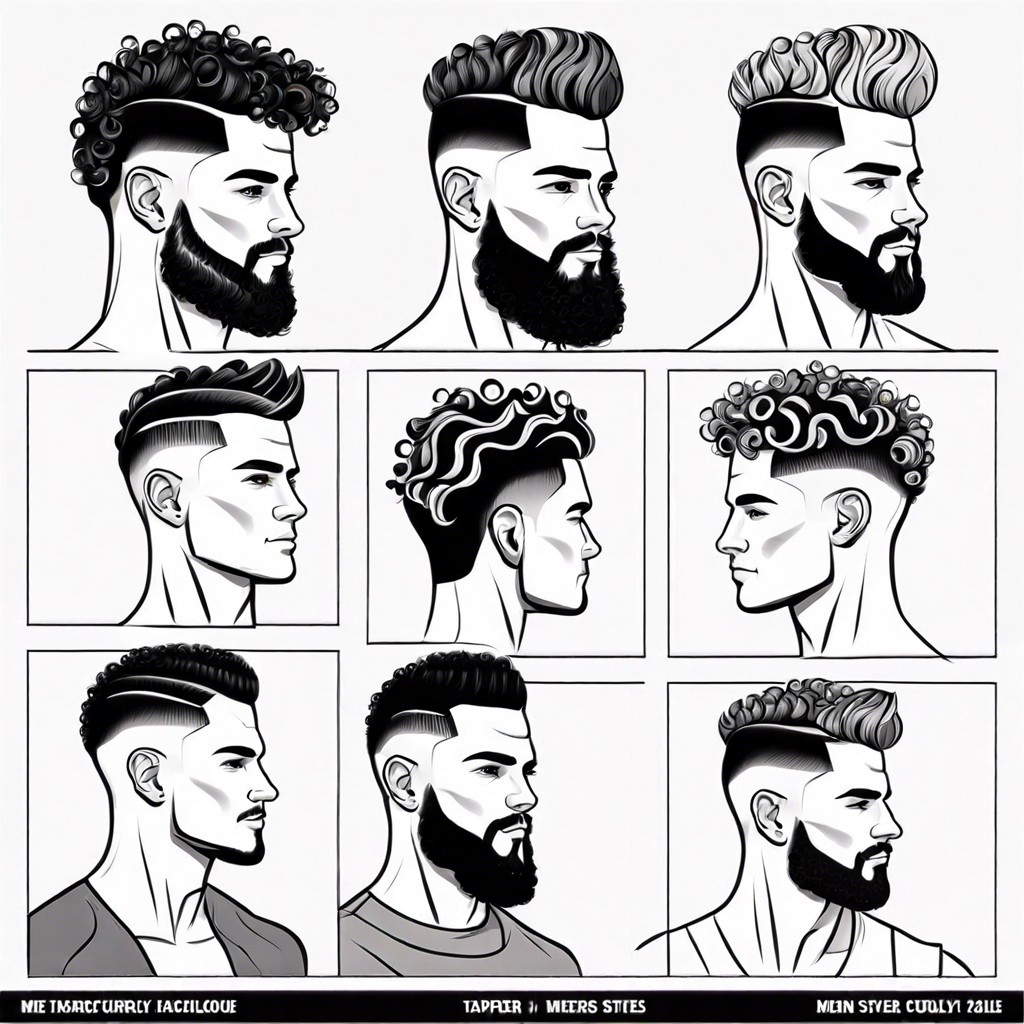
The Curly Pompadour embraces volume on top, gradually shortened sides, creating a stylish contrast. With the Curly Temple Fade, focus shifts to pronounced curls with temple areas faded for a sharp look. The Afro Taper allows natural curls to form the classic silhouette, tapering subtly around the ears and neck for a clean finish.
Low Taper Curly Hair Maintenance Tips
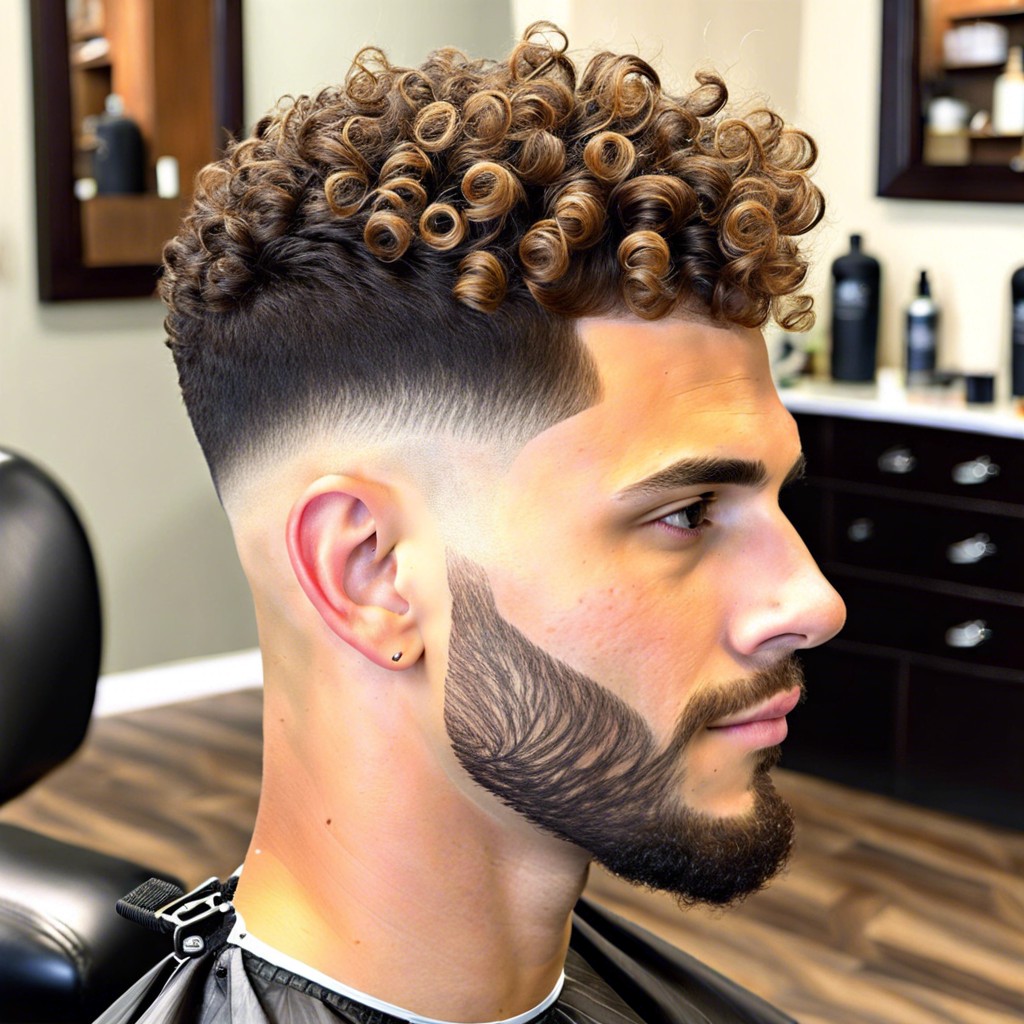
To maintain a well-defined low taper with curly hair, regular trims every 4 to 6 weeks are essential to keep the shape intact and avoid overgrowth at the nape and sides. Use a sulfate-free shampoo and a hydrating conditioner to preserve the natural oils of the scalp and prevent curls from drying out, enhancing their definition. Implement a leave-in conditioner or curl defining cream after washing to moisturize and reduce frizz, ensuring the curls are well-defined and the tapered areas neat.
How to Communicate With Your Barber for a Low Taper Curly Haircut
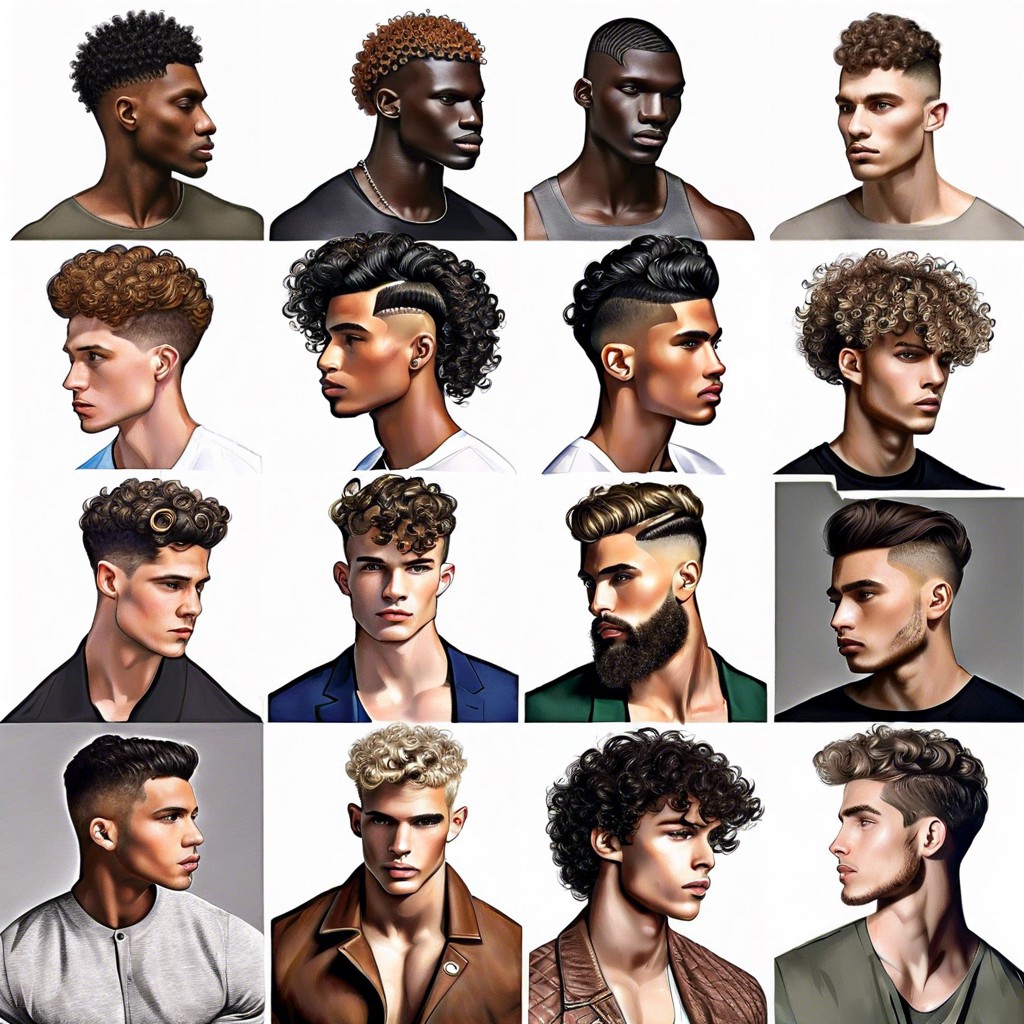
Bring photos to provide a clear visual of the desired style. Explain the amount of hair you wish to keep on top and how gradual the fade should be. Discuss your hair’s unique texture and how it may affect the style’s outcome.
Celebrities With Low Taper Curly Hair for Inspiration
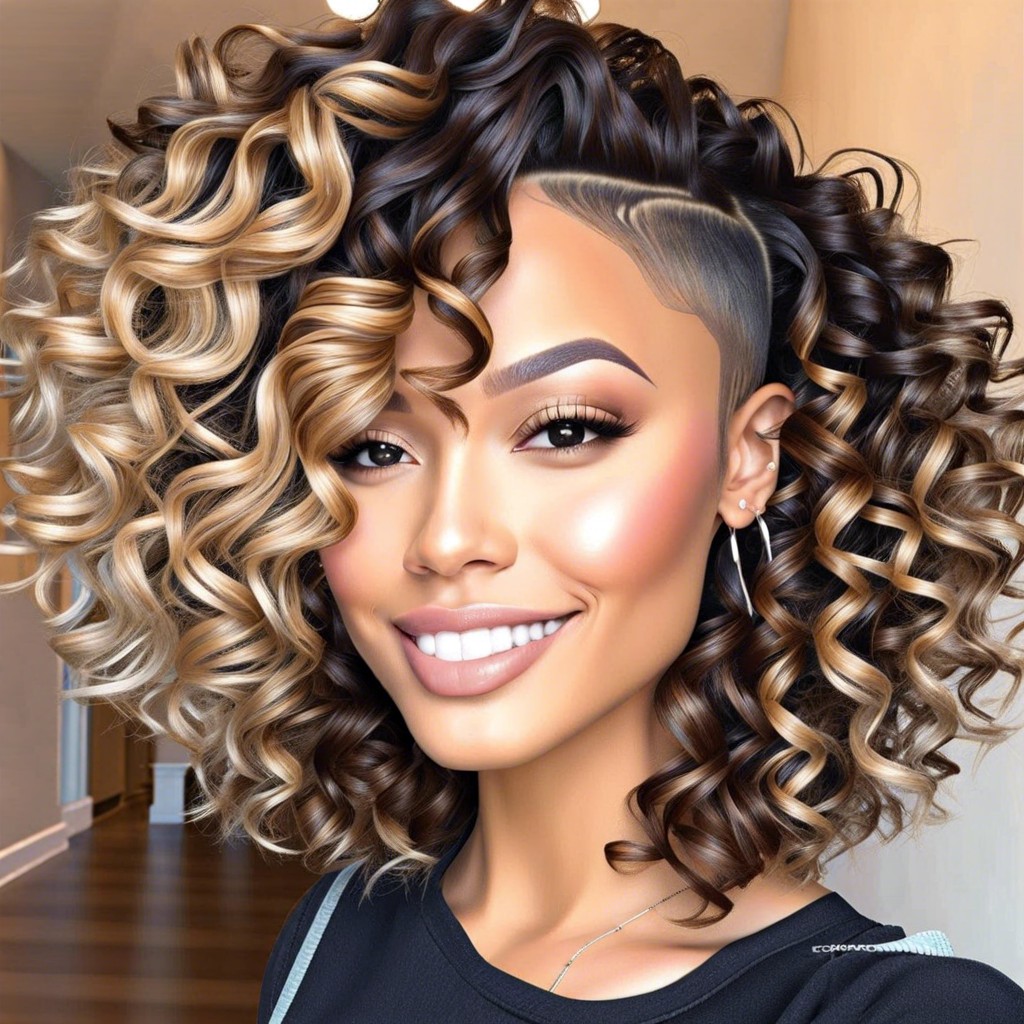
Examining the styles of celebrities like Corbin Bleu or Usher, who often showcase well-maintained low taper cuts on their curly hair, provides a wealth of visual inspiration. Their appearances on the red carpet demonstrate the versatility and elegance of this hairstyle in formal settings. Observing these public figures helps individuals understand how a low taper can complement different curl patterns and densities.
The Difference Between a Low Taper and a High Taper for Curly Hair
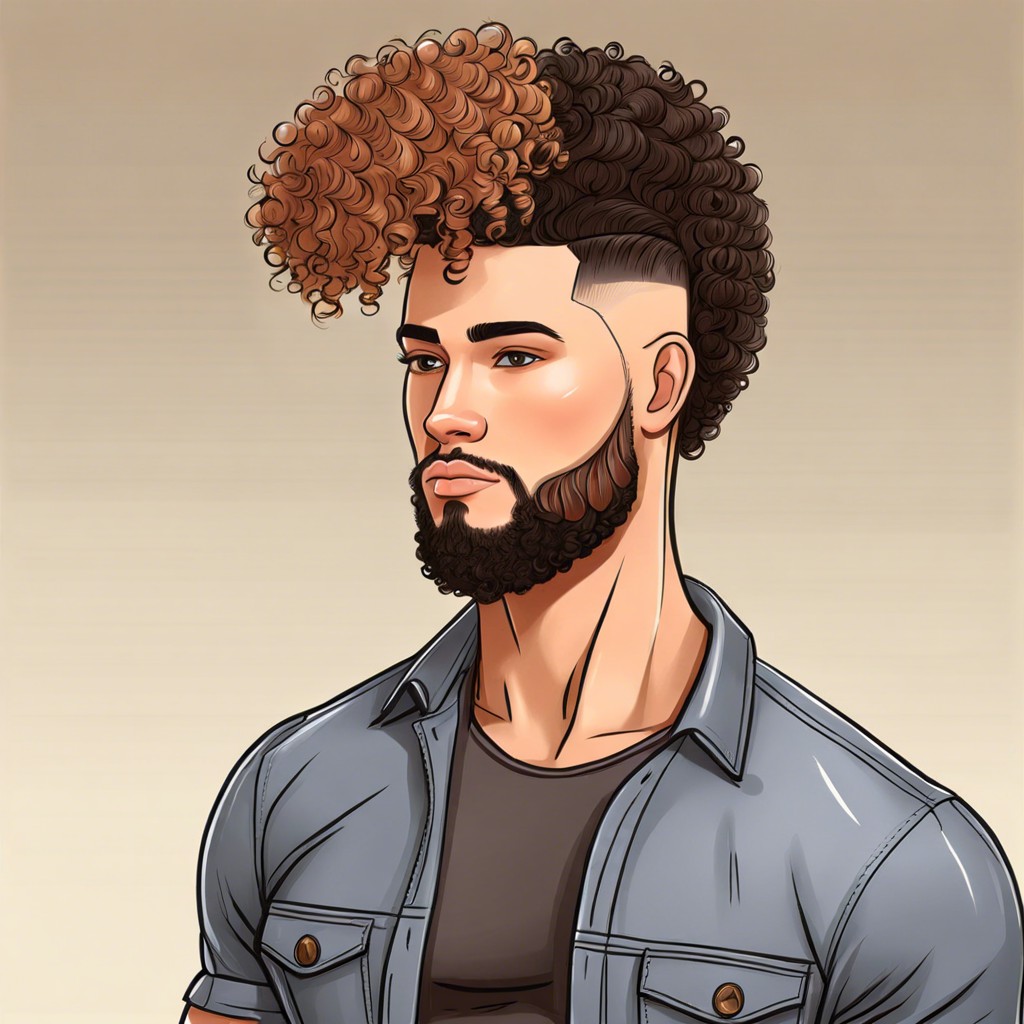
A low taper fade cuts closer to the neckline, offering a subtle transition that maintains more hair at the sides and back. In contrast, a high taper begins much higher on the head, creating a more dramatic and clean-cut effect around the temples. Curly hair can handle both styles, but a low taper showcases natural texture with a less severe contrast than its high counterpart.
Hair Care Routine for Low Taper Curly Hair
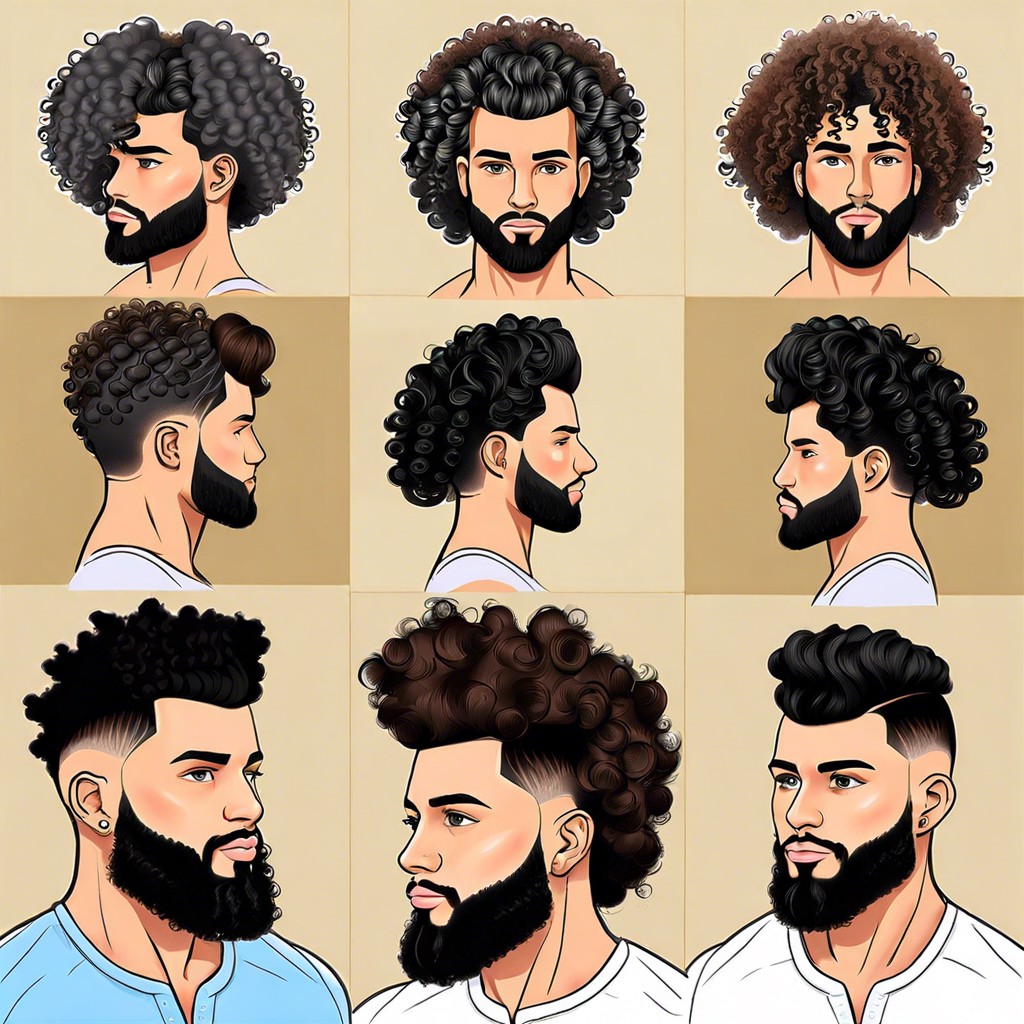
Maintaining a consistent hair care routine is essential for keeping low taper curly hair in top condition. Daily hydration with a leave-in conditioner helps maintain bounce and reduce frizz. Regular deep conditioning treatments fortify the hair strands, resulting in a polished look that enhances the taper’s gradient effect.
The Ideal Comb and Brushes for Managing Low Taper Curly Hair
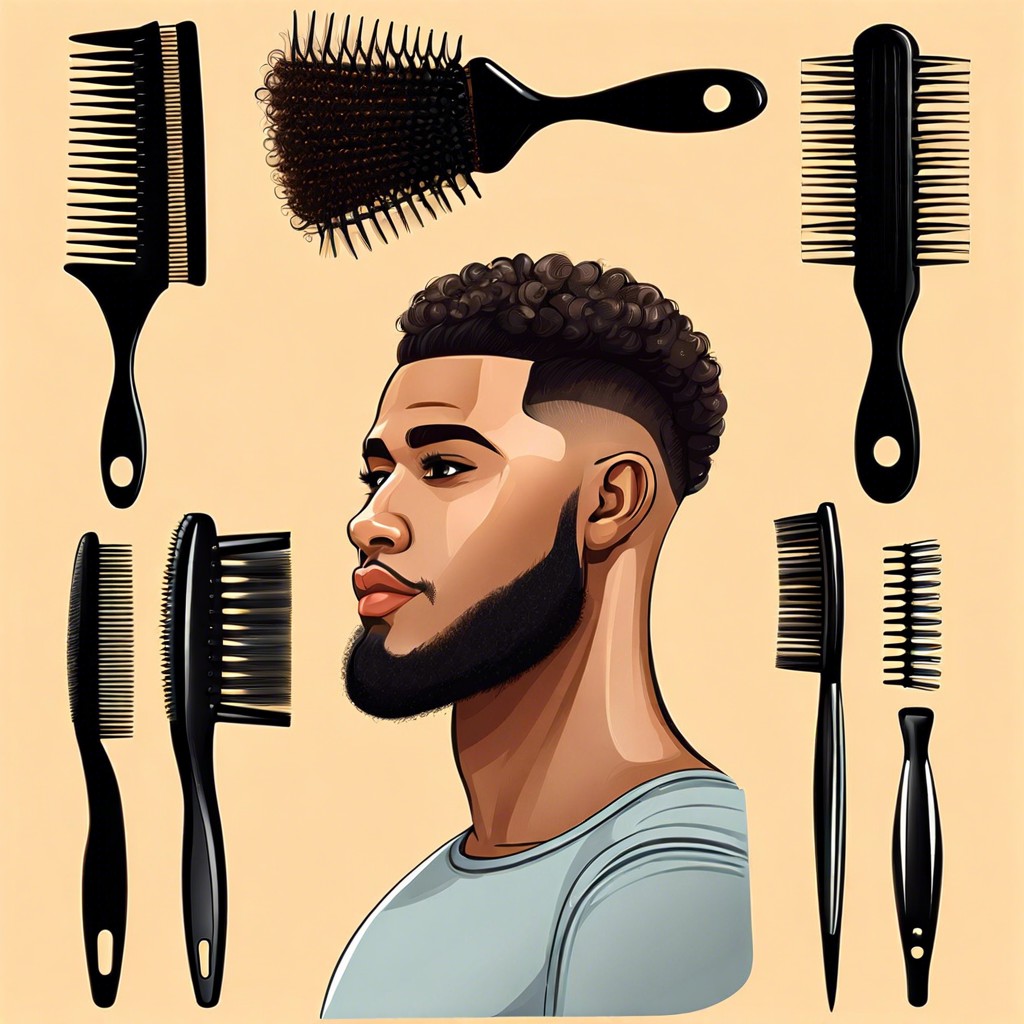
Wide-tooth combs are essential for detangling curly hair without disrupting its natural pattern. Boar bristle brushes are preferred for distributing oils and achieving a sleek finish without frizz. A Denman brush can help define curls and control the shape during the styling process of low taper cuts.
The Impact of Weather On Low Taper Curly Hair Styles
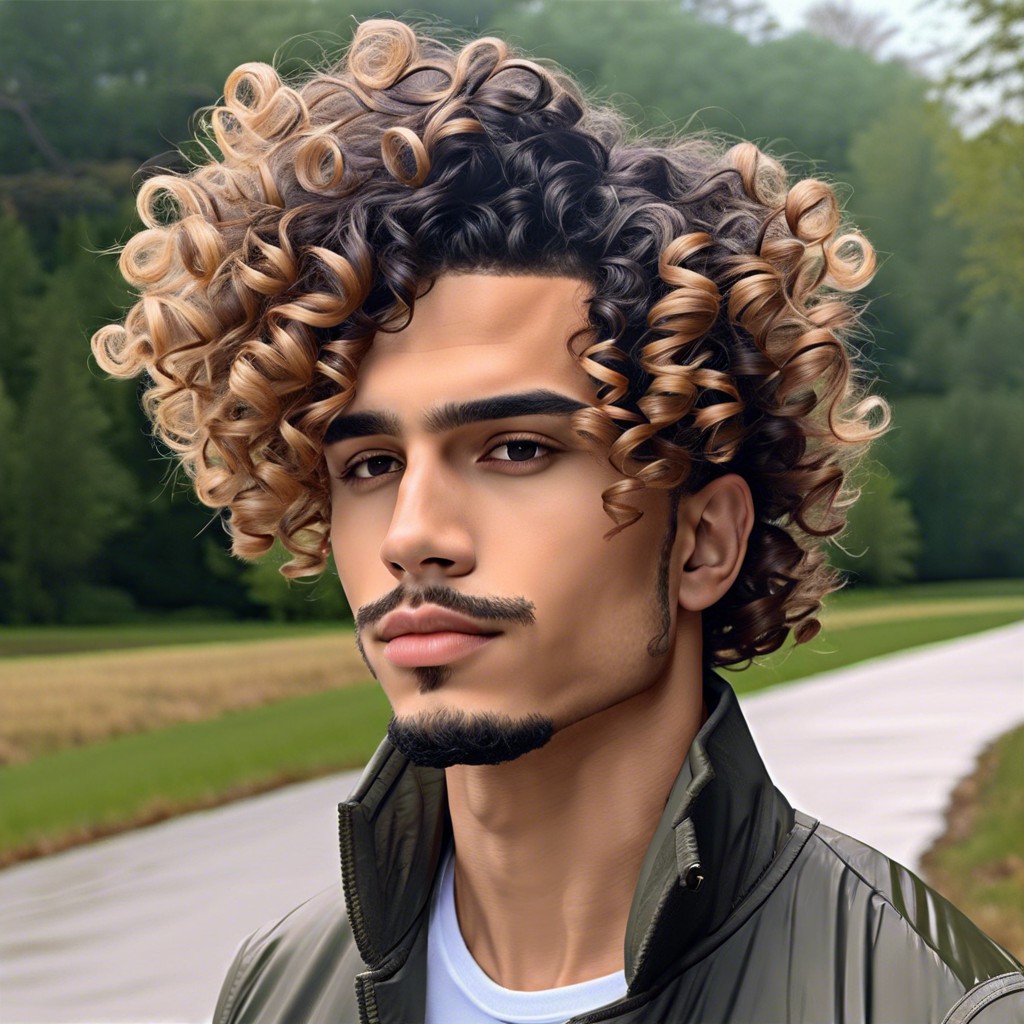
Humidity can cause curly hair to frizz, making a well-defined low taper appear unkempt. Dry conditions might lead to brittle strands, resulting in a lackluster hairstyle with less volume. Protecting curls from the elements with appropriate products ensures the low taper style remains sharp and defined, regardless of weather changes.
How to Prevent Frizz With Low Taper Curly Hair
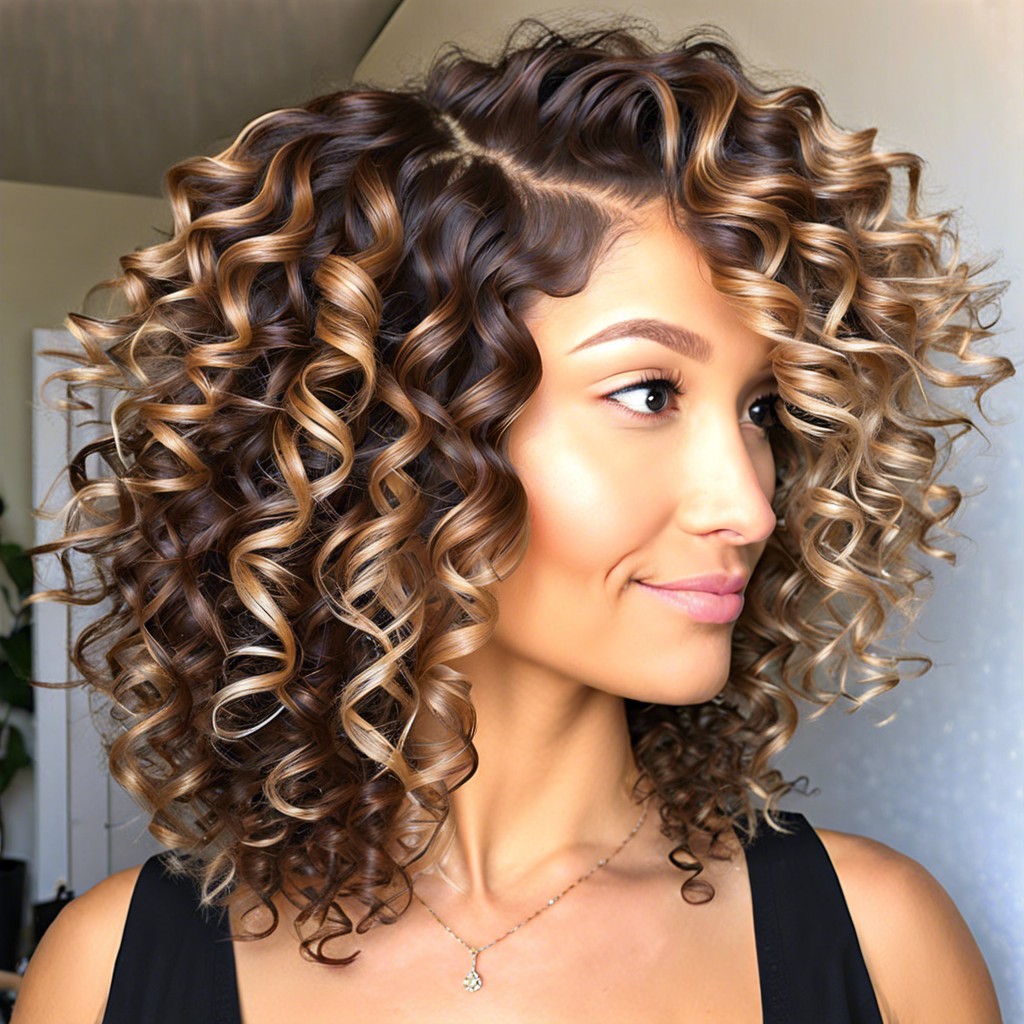
Maintain optimal hydration in your curls by applying a leave-in conditioner or curl cream immediately after washing to lock in moisture. Utilize microfiber towels or a t-shirt to gently blot hair, reducing friction that can contribute to frizz. Incorporate anti-humidity or smoothing serums into your routine to create a barrier against frizz-inducing elements.
The Role of Diet in Maintaining Healthy Low Taper Curly Hair
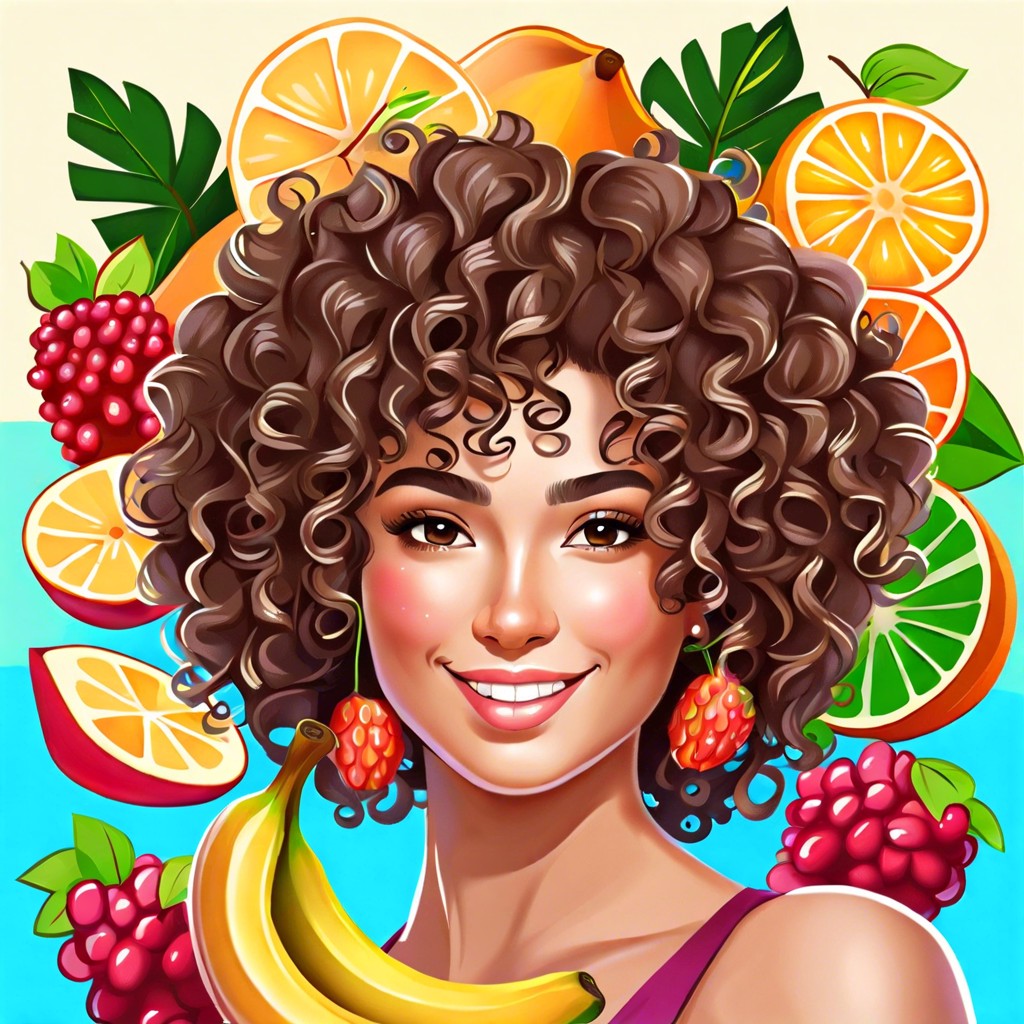
A balanced diet rich in vitamins, minerals, and proteins is essential for the strength and elasticity of curly hair. Omega-3 fatty acids, found in fish and seeds, can enhance the natural luster of your curls. Staying hydrated by drinking ample water supports the overall health of your scalp and hair follicles, which is crucial for maintaining a vibrant low taper curly hairstyle.
Low Taper Curly Hair and Face Shape Compatibility
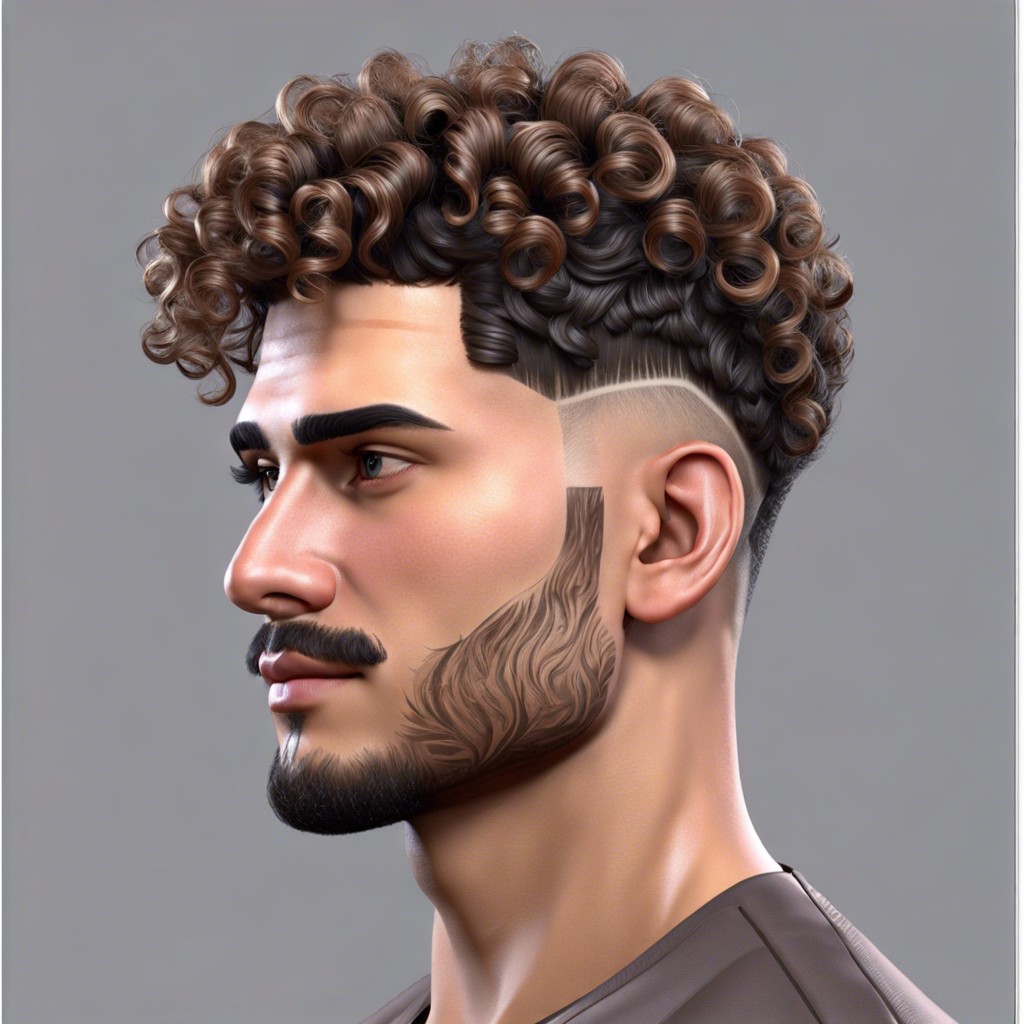
Certain face shapes are enhanced by the soft graduation of a low taper on curly hair. For round faces, the cut can add structure, while for square faces, it softens the jawline. Oval and heart-shaped faces benefit from the balanced volume that this style provides.
Cultural Significance of Low Taper Curly Hair in Different Societies
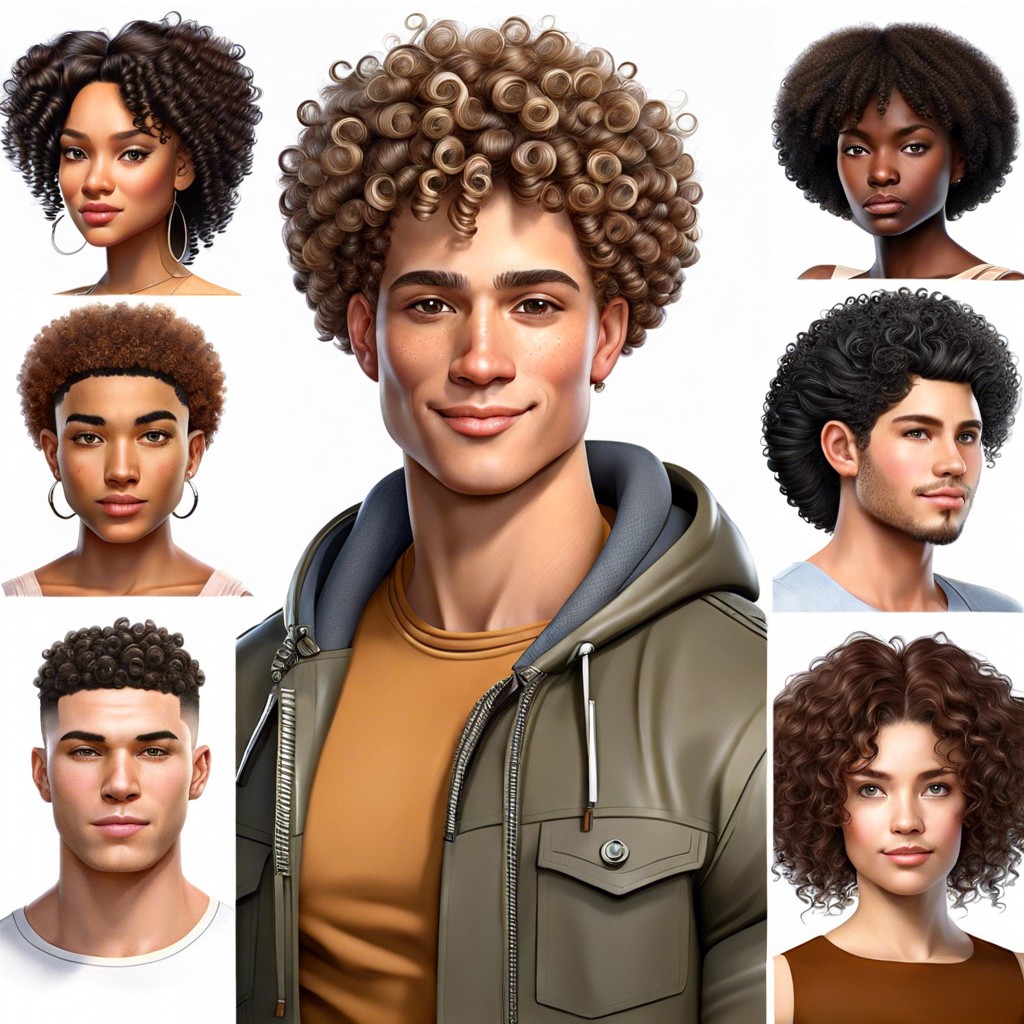
In some cultures, the low taper cut with curly hair is viewed as a symbol of professional and clean-cut aesthetics, often associated with modernity and sophistication. Historical significance also plays a role, as certain societies see natural curls paired with tapered styles as a homage to heritage and a declaration of cultural identity. Moreover, this hairstyle has been adopted in diverse settings, from informal gatherings to ceremonial occasions, demonstrating its versatility and cultural adaptability.
